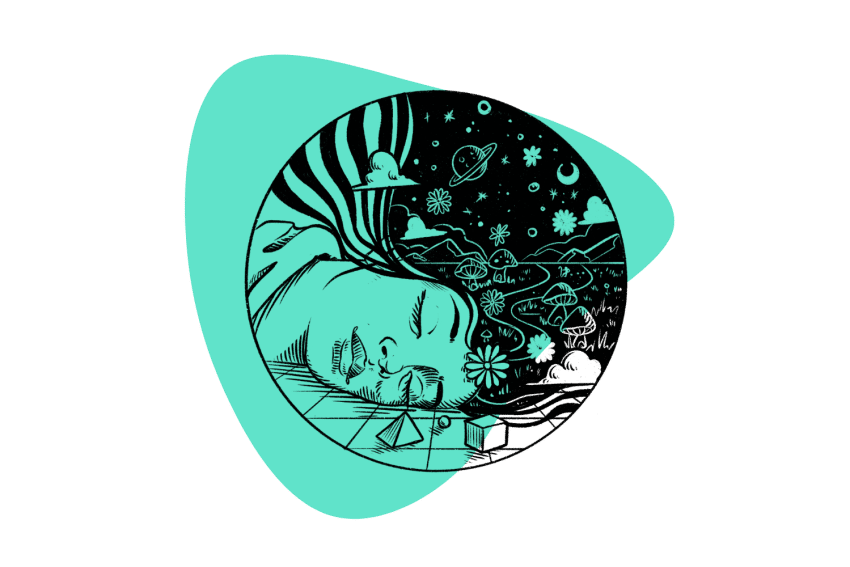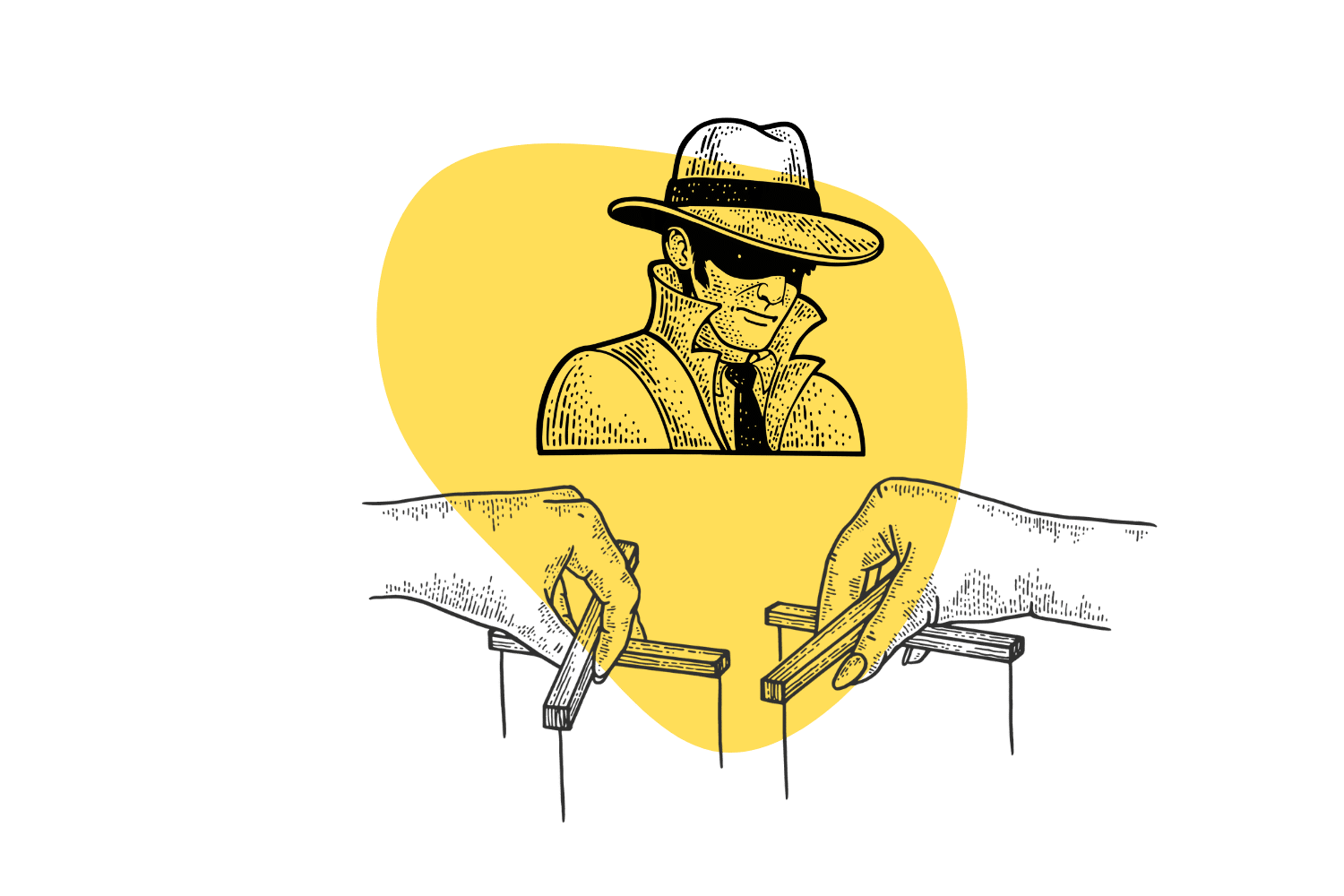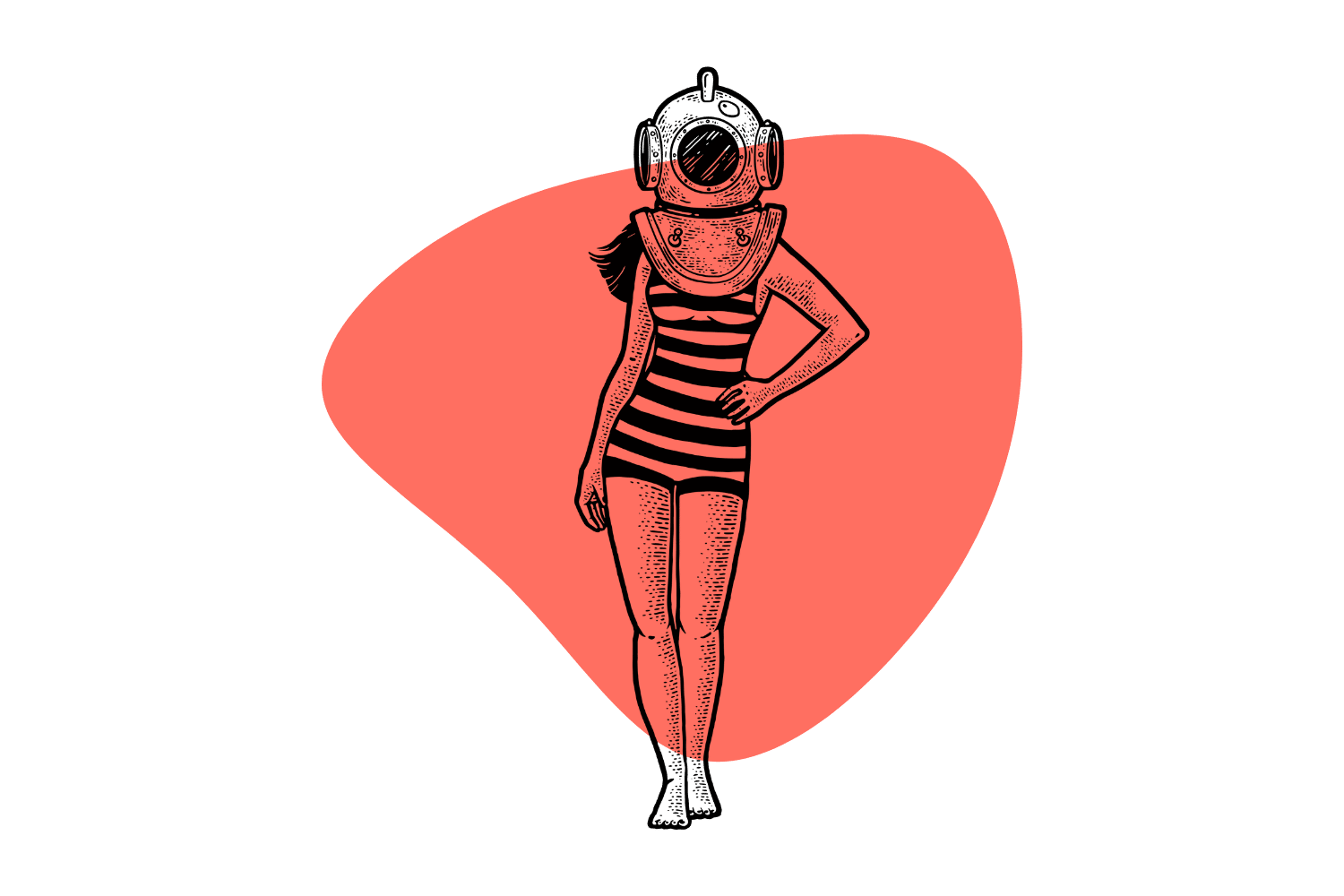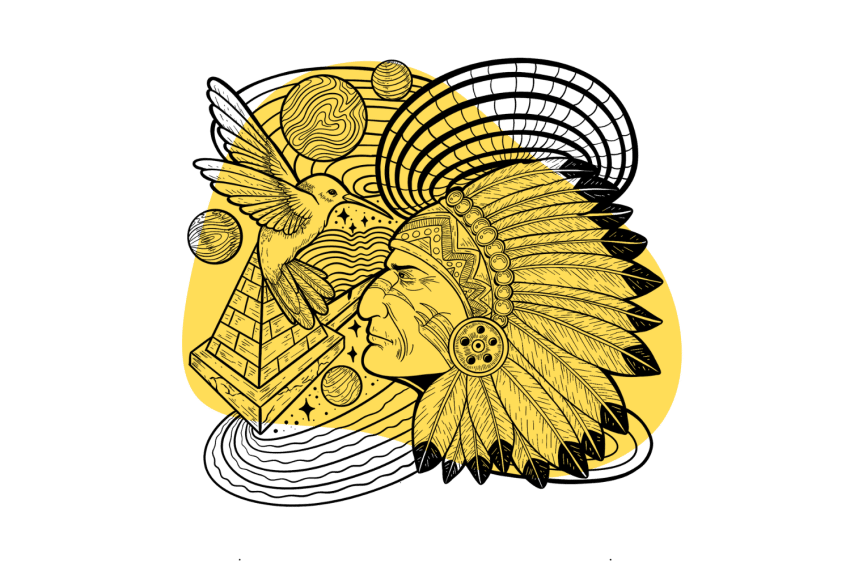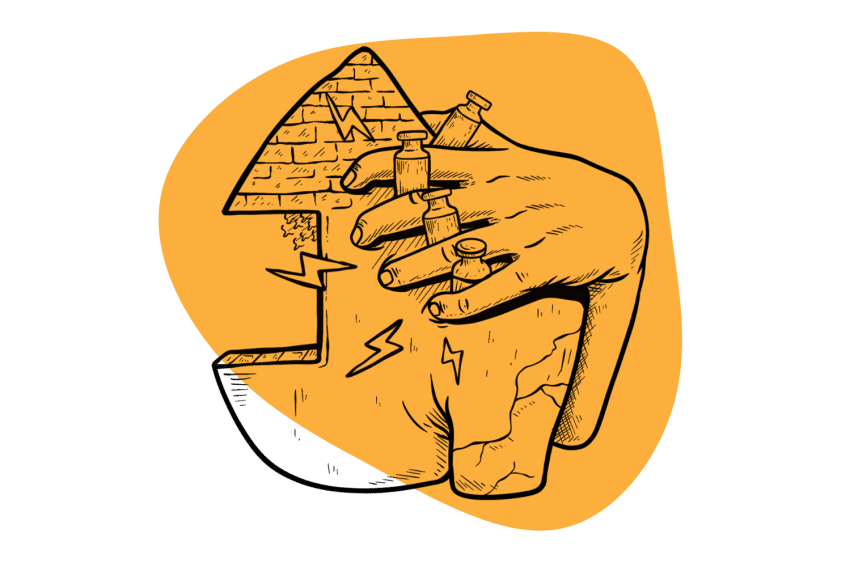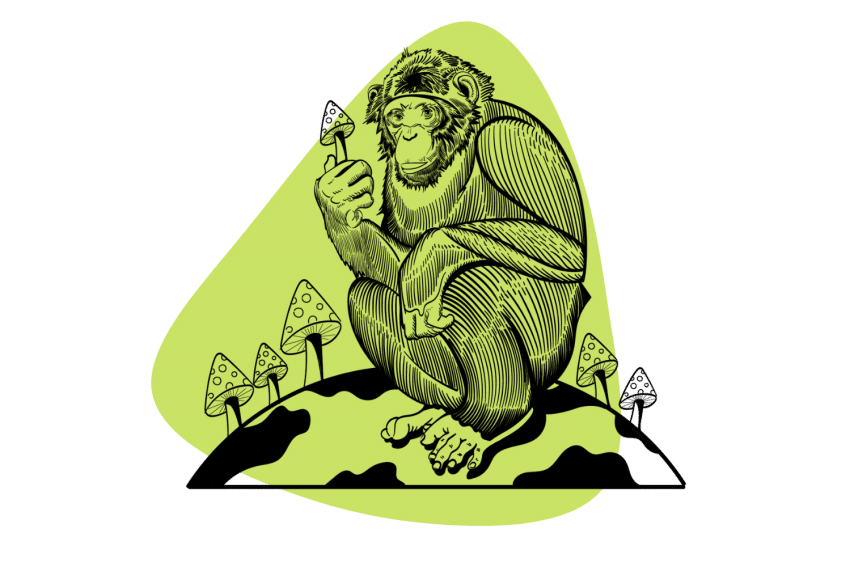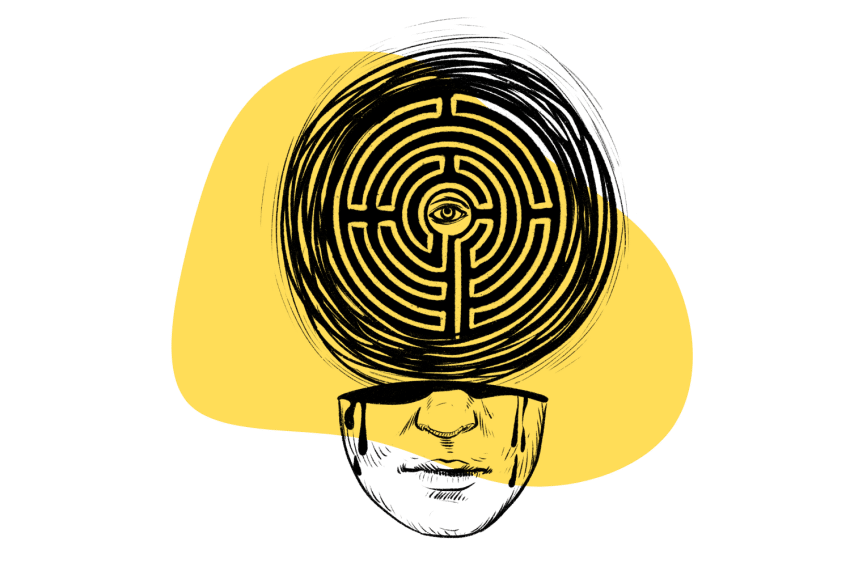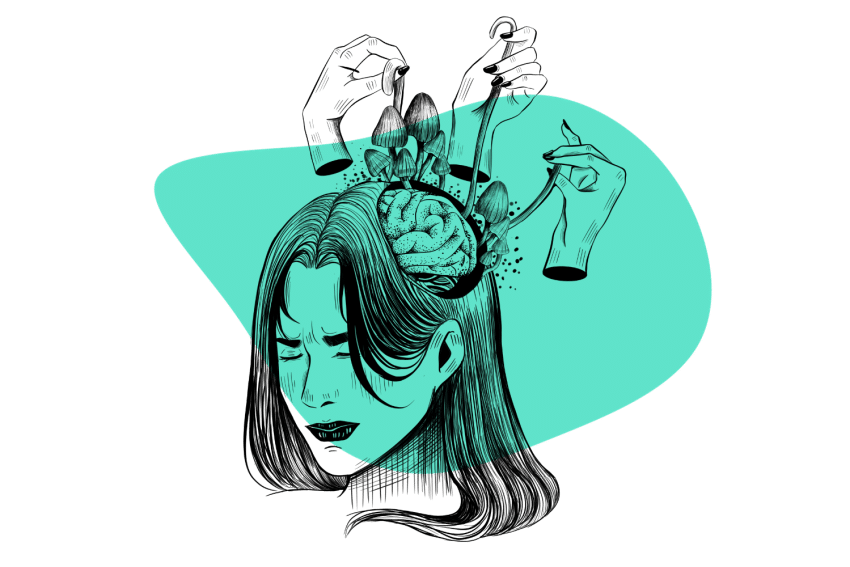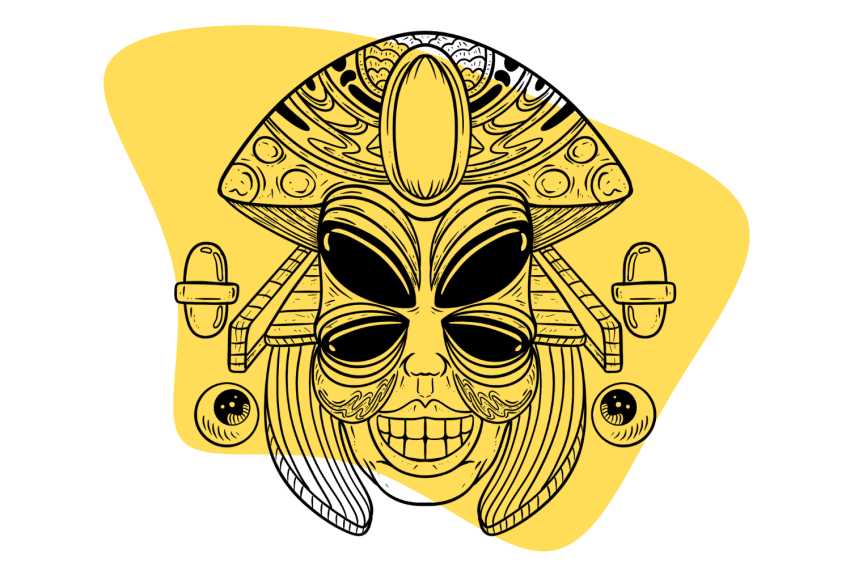How to Talk to Your Kids About Psychedelics, & Why It’s So Crucial
Educating your children about drugs is an important form of harm reduction.
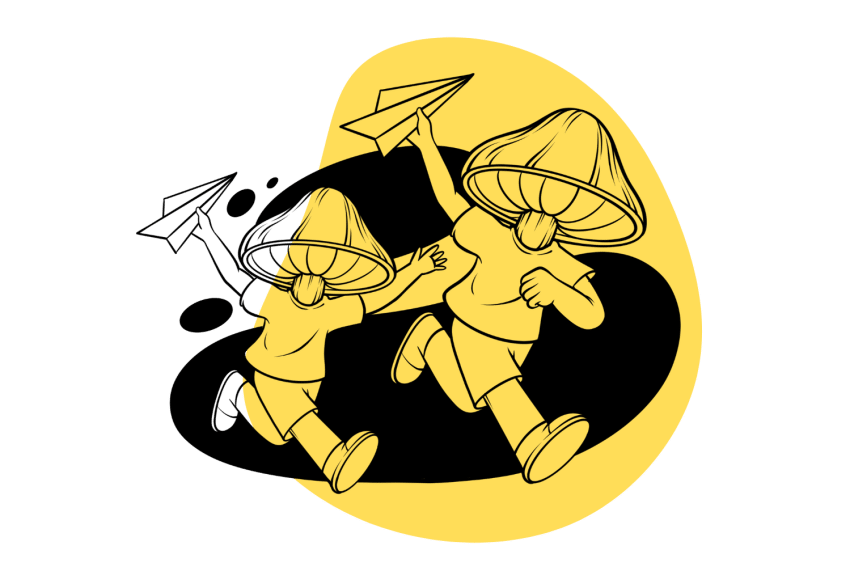
By the time kids hit junior high, they have a decent understanding of what drugs are and that they’re expected to stay away from them. This has been unquestioned, but maybe it’s time we change the narrative.
First, they only get part of the story — many drugs aren’t bad; they’re only “bad” when we misuse them. Second, this education doesn’t seem to be working.
Here’s how to bring it up with your kids, what they need to know, what’s age-appropriate, and why it’s so crucial they have the correct information.
What Do We Mean by Psychedelics?
First, let’s define the word “psychedelic,” which is usually used interchangeably with “hallucinogen.”
The National Institutes of Health (NIH) describes them as “a diverse group of drugs that alter a person’s awareness of their surroundings as well as their own thoughts and feelings. They are commonly split into two categories: classic hallucinogens and dissociative drugs.”
Classic hallucinogens like LSD and shrooms cause visual and audible distortions. Dissociative hallucinogens cause the person to feel outside their body; time and space are distorted.
There are many kinds of psychedelic drugs, but here are the ones your kids are most likely to come across:
- LSD (acid)
- Psilocybin (shrooms or magic mushrooms)
- 251-NBOMe (N-bomb or 251)
- DMT
- Mescaline (peyote)
- Ketamine
- MDMA (molly or ecstasy)

Why Does This Conversation Matter?
The school system typically goes over common drugs, their effects, and the dangers involved. However, there’s more to the story, and it’s usually left out. While it might seem better to strike fear into kids and only focus on worst-case scenario situations, this rarely works.
The conventional approach backfires for three reasons:
- It’s human nature (especially in kids) to do the exact thing someone says you absolutely can’t do.
- You lose all credibility the minute they learn the truth.
- Typical drug education fails on many levels.
Of course, you don’t want to glamorize drugs and tell them about every fun trip you had — chances are, you weren’t safe about it (kudos if you were). You also aren’t giving them a free pass to experiment.
However, your kids are far less likely to even bother with them if you take the intrigue and newness out of the equation. Risk-taking, novelty, and independence are all part of growing up. It doesn’t help that the prefrontal cortex — the part involved in decision making, judgment, and impulse control — is one of the last parts of the brain to mature [1].
Most schools provide drug education, but these programs are largely ineffective. Why?
- Kids get mixed messages about drug use. What they’re taught and what they see in society doesn’t mesh. This causes them to distrust the information they get.
- Kids aren’t taught good decision-making skills, only to follow directions. There’s one right answer, and anything else gets you removed from the system instead of the help you might need.
- Drug programs tend to ignore the research on youth development and education.
The most important thing to remember is that kids need honesty and direction. If you aren’t straightforward with your kids and give them a balanced perspective (we’ll get to that), they’ll figure it out on their own or learn it from somewhere else. That will turn you into either the parent that lies or the parent that doesn’t know what they’re talking about. Neither is a good look.
Plus, it puts your kids at risk. No drug off the street is safe, but some psychedelics are far more dangerous than others. If we teach kids all drugs are equally bad; they might think they’re all equally safe.
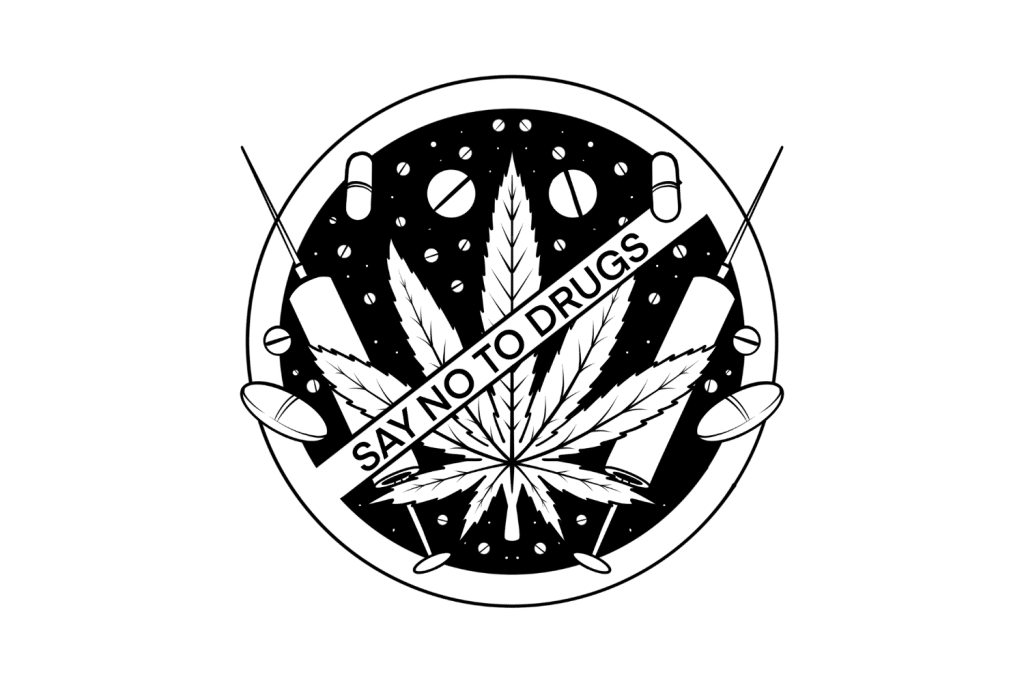
5 Things Your Kids (& You!) Should Know About Psychedelics
Please note: this is in no way saying we encourage kids to use drugs of any kind. Many of these compounds may be harmful to undeveloped brains. This information is merely intended to inform you of the different facets of their use. This way, your kids can make informed decisions both now and as adults.
Maybe you aren’t convinced that psychedelics have a “good” side. After all, you likely grew up with the same information that’s preached now: all drugs are bad; stay away at all cost. What good can possibly come from hallucinogens?
There’s far too much to go into here, but we’ll cover the basics and provide links so you can dig in deeper. The topic is fascinating, regardless, but the more you know, the more you can help your kids.
1. Not All Psychedelics Are Created Equal
Many psychedelics are safe when used properly, but there are also plenty of psychedelics to avoid.
Many of the psychoactive substances that are considered “legal” are unsafe as well — including plants like datura and mandrake, synthetic cannabinoids, and many of the research chemicals in circulation online.
Here are some of the most high-risk psychedelics that should be avoided at all costs:
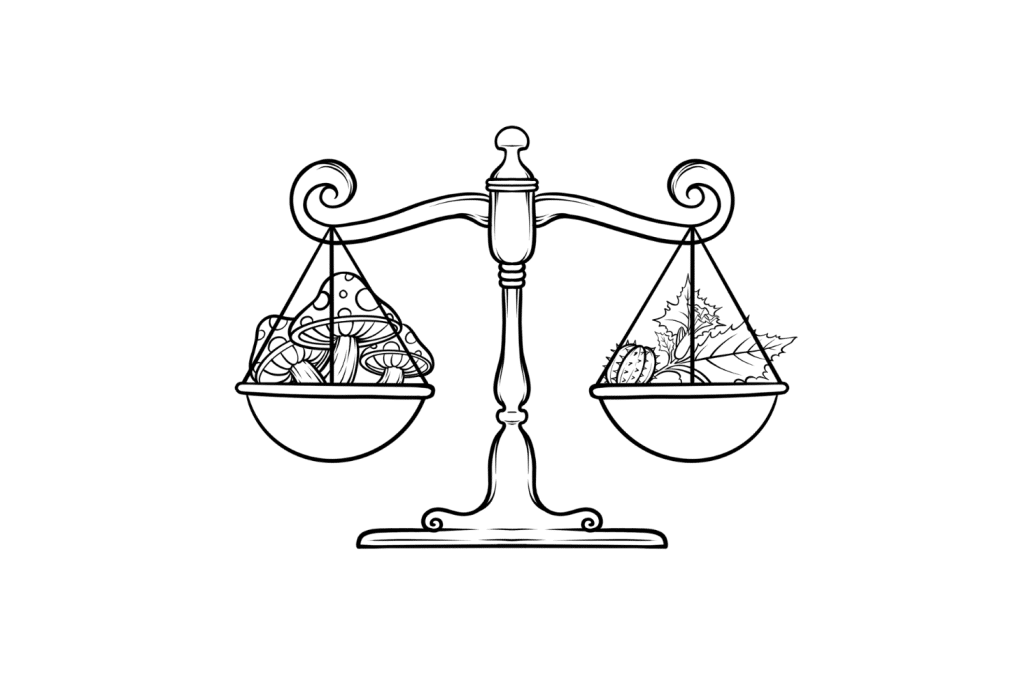
Just like with medications, the safety of each psychedelic is highly individualized. What’s safe for one person might not be safe for another.
Some psychedelics have well-established and impressive safety profiles despite popular belief. Shrooms, LSD, mescaline, and others have a strong impact on the mind but little to no physical effects.
The following psychedelics have never been correlated to death from overdose or addiction:
It’s important to note that even those considered safe can be tainted with other unsafe chemicals. Buying drugs off the street is dangerous since you don’t know what you’re getting.
This is why it’s crucial to test psychedelics before using them (yes, all of them).
2. Psychedelics & the Adolescent Brain
There aren’t many studies on human adolescent youth and the impact drugs have on their brains. However, there are studies comparing the effects on adolescent animals’ brains since they’re comparable to humans.
There’s growing evidence that adult and adolescent brains respond differently to nearly all drugs and that psychoactive substances can impact maturation and increase the risk for substance abuse later in life [2].
But there’s a flip side. For example, in one study, adolescent rats showed resilient responses after repeated ketamine exposure, indicating it could potentially be a useful antidepressant during adolescence [3].
In a large population study, there was no evidence that classic psychedelics (LSD and shrooms) were linked to suicidal behavior, mental health problems, organ or brain damage, addiction, or adverse events [4].
Some studies also show that adolescents have a greater positive response and fewer adverse responses to dissociative psychedelics than adults [5].
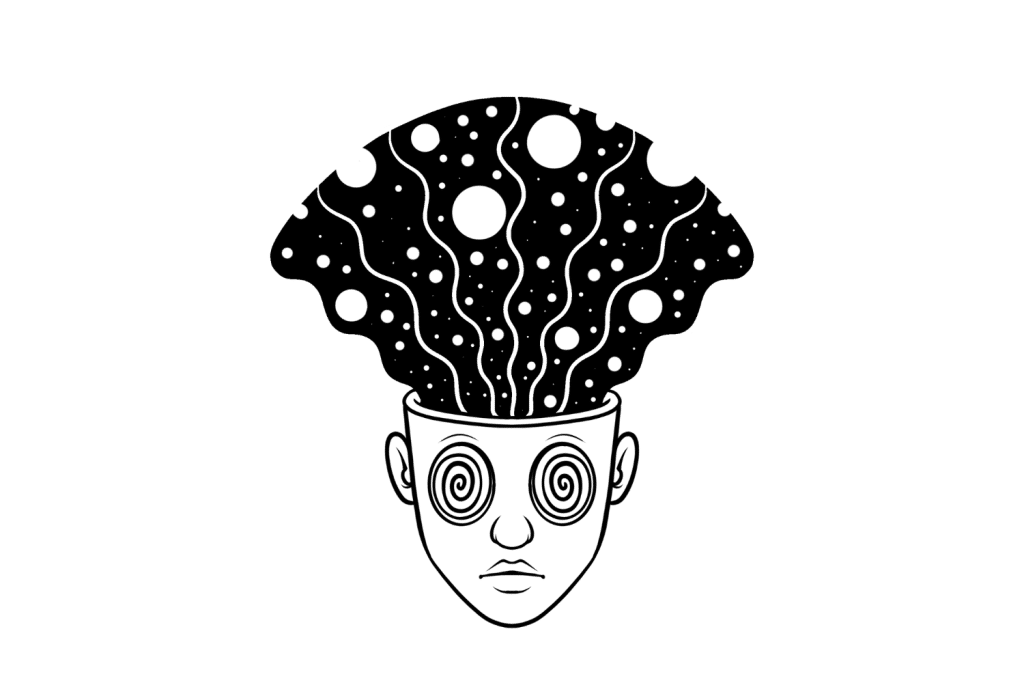
3. The Good Side of Psychedelics
As we said, there’s more to psychedelics than just the bad side. While this doesn’t mean everybody should use them, it’s important to be transparent about all facets of the topic in order to provide informed advice to your children.
For example, the FDA has approved clinical trials using MDMA for PTSD and other mental health disorders.
Using psychedelics in a clinical setting has proven effective numerous times and may offer long-term results [6]. Even microdosing psychedelics — using small, almost unnoticeable amounts — shows lasting benefits [7].
Psychedelic-Assisted Psychotherapy
Timothy Leary was shunned from the medical community for his beliefs, but he was on to something. We’re starting to realize the positive impact psychedelics can have on the mind. Psychedelic-assisted psychotherapy is becoming more mainstream, and many people are turning to hallucinogens to treat anxiety, depression, and addiction.
One way this can work is through the impact of psychedelics on the default mode network. There’s more to it than this, of course, but the entropic brain theory suggests that psychedelics can reduce the rigidity of thoughts, opening our minds up to new ideas [8]. This may reduce addictive tendencies, compulsive thoughts, and anxiety.
Psychedelics & Self-Discovery
Combining psychedelics with shadow work, based on psychologist Carl Jung’s theory on archetypes, can help people become more in touch with their hidden selves. Jung’s theory is that by uncovering our “dark” side, we can learn to work with it instead of repressing or ignoring it.
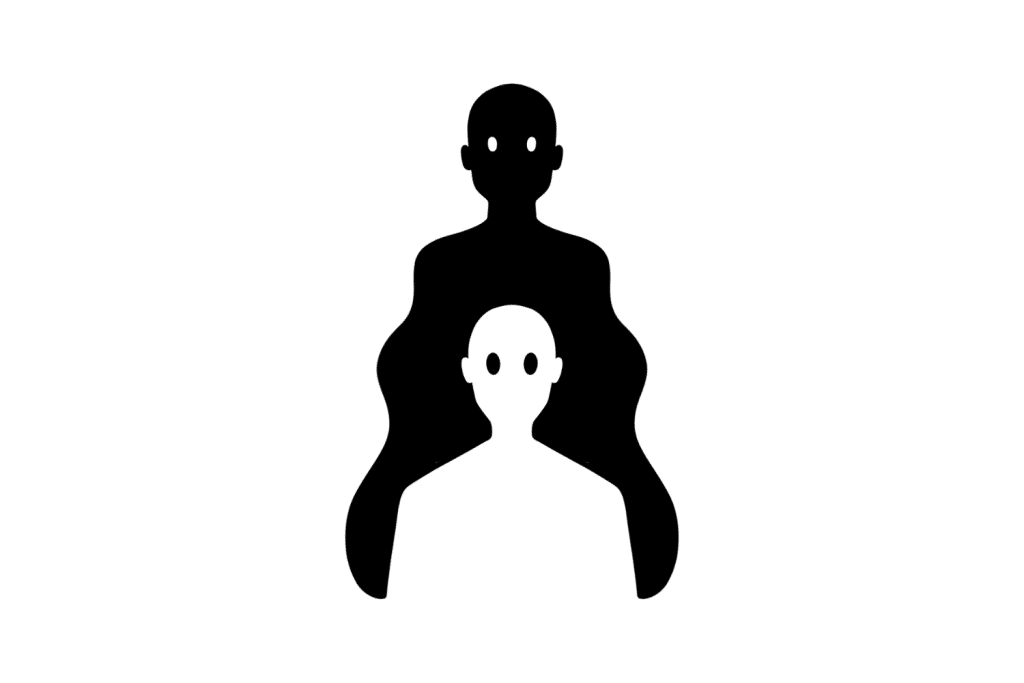
4. Using Psychedelics Safely
Any substance is going to carry some inherent risk, some more than others. But there are ways to substantially minimize the risk when using psychoactive substances.
Everybody should have a basic understanding about what the responsible use of psychedelics looks like:
- Don’t use psychedelics if you’re not feeling 100%: Psychedelics tend to amplify your mood. If you’re in a bad place mentally, they’re only going to make it worse.
- Only take psychedelics if you’re in a safe location with people you trust: Choose a secluded, quiet, comfortable place. You want to be around people you trust.
- Have a trip sitter: A good trip sitter is someone you trust and will stay sober and aware during the trip.
- Know the substance: You need to know what you’re taking, how much you should take, how long it will last, possible complications or interactions, and if what risks it carries.
- Test your substances: Even “safe” psychedelics can be cut with dangerous and potentially deadly chemicals. Testing the substances is cheap and only takes a minute to complete.
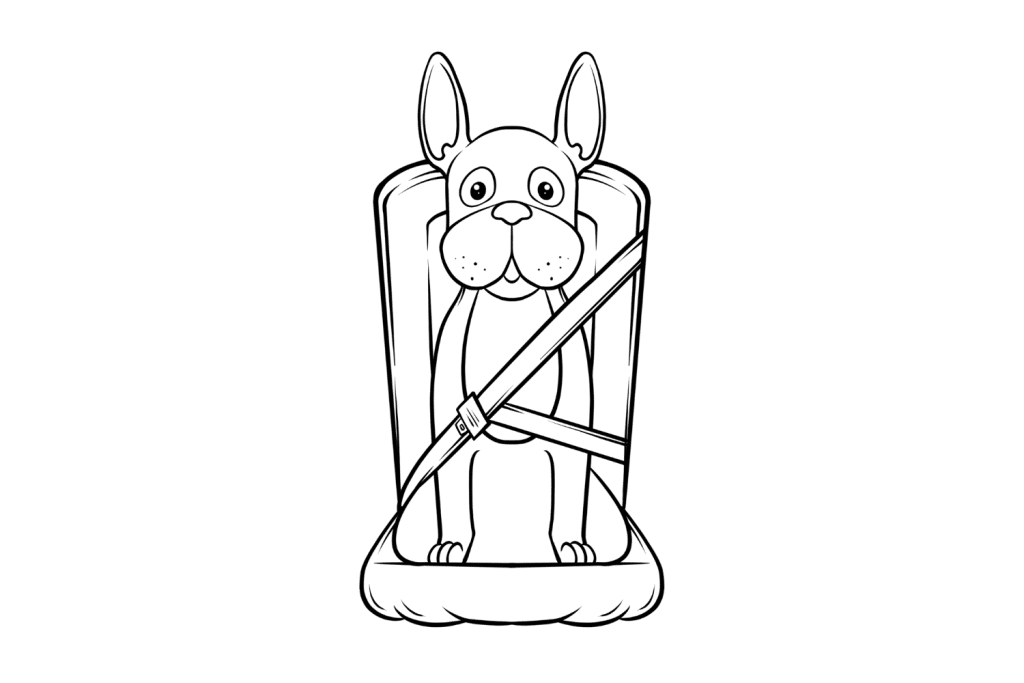
5. Legal Repercussions of Using Psychedelics
Psychedelics are illegal almost everywhere, but check your local laws to be sure. These types of drugs still carry heavy penalties in many areas, and it’s not worth the jail time. Kids don’t seem to have a good understanding of just how much this can impact their future, so it’s a good idea to sit down with them and spell it out in detail.
Some parts of the world have decriminalized certain psychedelics (usually magic mushrooms or other natural psychedelics). Note that decriminalization and legalization are not the same things.
Understand the repercussions and what’s allowed as per your local law.
Related: Where are magic mushrooms legal?
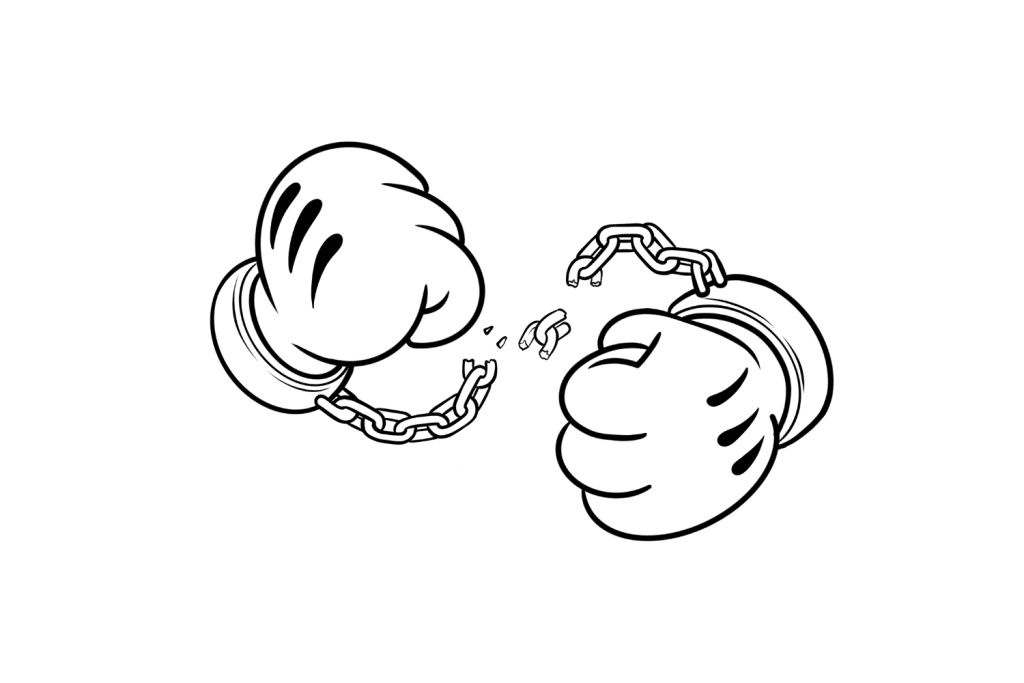
3 “Musts” to Have in Place First
You can talk, but your kid won’t necessarily listen. If you want the conversation to be effective, certain things need to be in place first. This doesn’t apply just to psychedelics; this goes for any topic.
Use the following as a checklist. If you’re missing one of the components, try to work on that first. Maybe you don’t feel you can put the conversation off, and that’s ok too. Just be open about what you know you need to work on.
Kids respect adults that can admit their mistakes and shortcomings.
1. Relationship
A solid relationship is key to getting anywhere with your teen. It doesn’t need to be perfect — kids don’t expect perfection — but there needs to be mutual respect, openness, and love. Parents and caregivers can provide security, opportunity, nourishment, and confidence, but it isn’t enough if they’re not responsive, loving, empathetic, and self-regulated [9]. It’s easy to be defensive and out-of-touch due to their own past trauma and wounds, but these problems can be overcome (ironically, this is the type of issue psychotherapy and shadow work can help with).
Don’t worry if the relationship is broken or feels like a constant struggle. Damage doesn’t go away, but the situation can get better. It might be tempting to skip this step, but take the time to work on it first, even if it requires outside help. Besides, kids are far less likely to try drugs and do better overall if they have a solid, supportive home life [10].
Related: Can psychedelics help heal past trauma?
2. Attitude
If the relationship is in place, make sure your attitude is, too. If you’re wound up ready to bounce on your kid — whether from stress, concern, or anger — they’ll know before you say a word. Even if you suspect they’ve already tried psychedelics or other drugs, acting confrontational will only cause them to shut down.
Stay relaxed and willing to listen.
3. Factual Information
This goes back to the point from earlier — misinformation, half-truths, and opinions based on fear only work for a while. Eventually, teens start to think for themselves and gather information from places other than home.
Always be a reliable and trustworthy source of information for them. Not that you have to know everything, but admit when you don’t know and find the answers together. There‘s a lot of information available, so dig in.
Really, all three of these points are tied together; each piece is a part of your parenting style and will look different for everyone. There are no perfect parents, but we can always do better. Sometimes, we have to take huge steps to fix what’s broken.
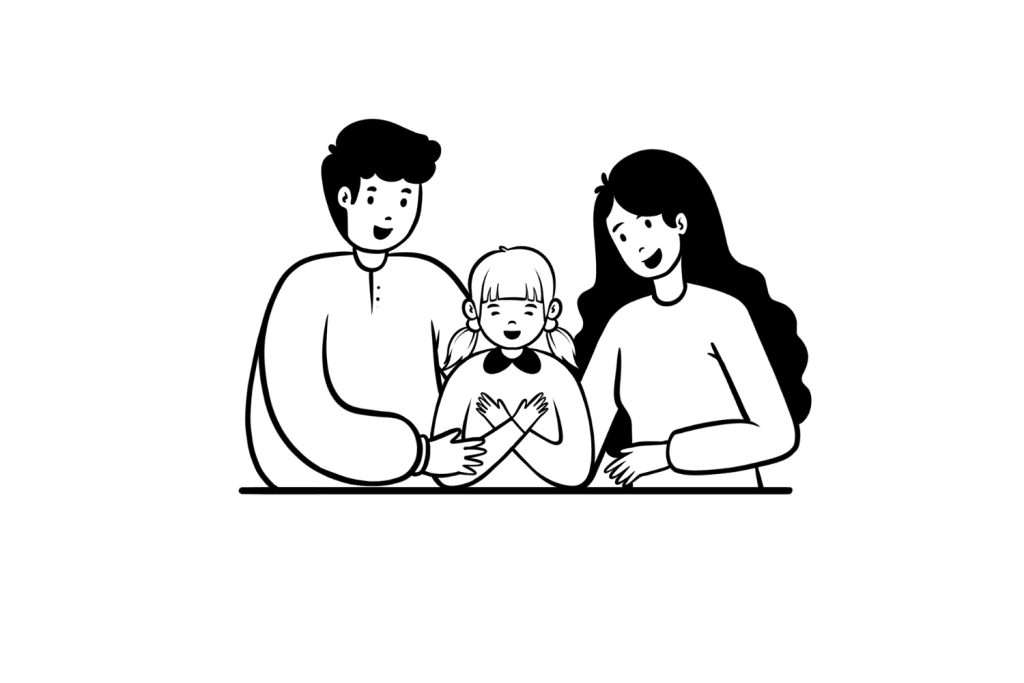
At What Age Should Kids Know About Psychedelics?
There’s no one answer to this question. Kids mature differently, and circumstances are never the same. However, this isn’t like talking to your kid about sex, where some information can be harmful or at least beyond shocking if they’re taught about it too early.
There isn’t much reason to bring the topic of psychedelics up with young kids except to normalize their use. This can be crucial, however. Like with any medication, even young kids can quickly learn that there’s a right and wrong way to use them and that they can be dangerous when mishandled.
That said, most drug education begins in junior high, a time when peer pressure, puberty, and fierce independence start to rear their ugly head. This is a good time for parents to supplement the school’s information with facts and open dialogue.
Diving In: How to Bring the Topic Up
If you start young, make the topic casual, and aren’t bothered by it, deeper conversations are much easier when they’re older.
Instead of making the topic of psychedelics and drug use taboo, use different situations to toss out tidbits of information in everyday conversations. A news story can be a lesson on how the drug was misused. Share a science paper you “stumbled” across, explaining some new research surrounding psychedelics. An article on magic mushrooms and cluster headaches could be just the thing.
Stories about your personal experiences can come into play, but this isn’t always ideal, and some parents don’t wish to share those details. The key here is to stay objective and highlight mistakes (as long as they’re age-appropriate!).
If your child is older and you want to have a more detailed, serious conversation, you can always go out for coffee or a meal. The formality might scare them a bit, but there are plenty of ways to lighten the mood (a good joke, maybe?). Or jump on the opportunity when your kid happens to be studying it in school.
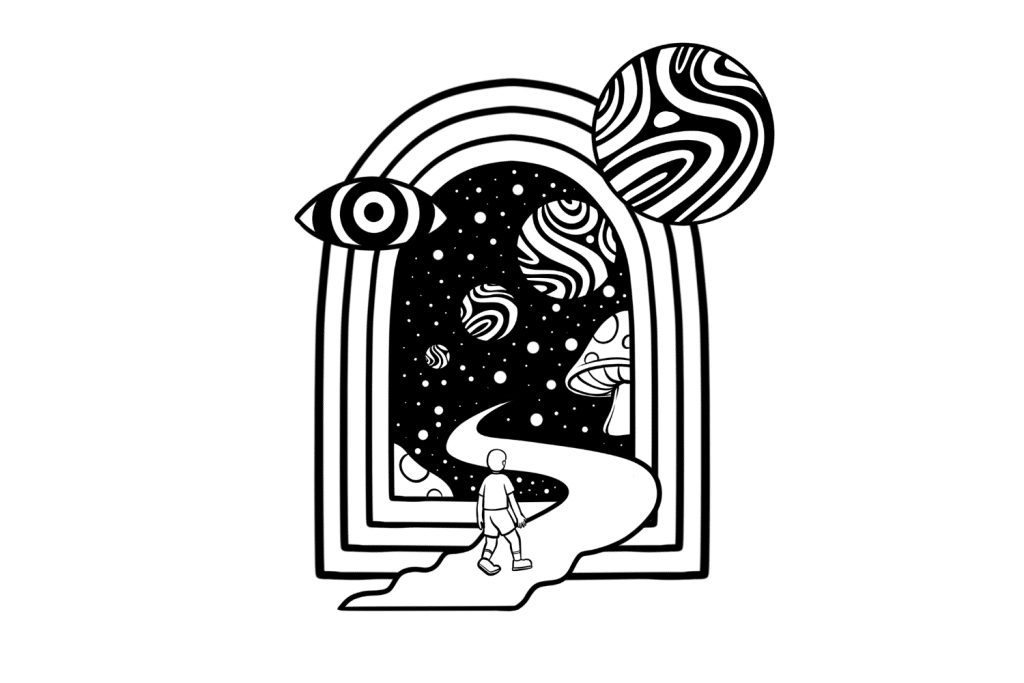
Summary: Kids, Psychedelics, & the Truth
The War on Drugs has been less than effective, yet society’s views and legal changes are slow-moving. It’s like no one wants to admit they’re wrong, or they cling to outdated ideas out of fear. Whatever the case may be, it’s time for us to change the conversation, and it starts with our kids.
So much of the current research points to the incredible benefits that psychedelics can have on depression, anxiety, and other mental disorders. Combine that with their safety profile; how can we not want our kids to have access to something that could help them overcome a serious problem?
By teaching them the good and the bad and keeping the doors of communication open, kids can confidently make decisions. Instead of being swayed by friends and curiosity, they’ll be armed with knowledge.
References Used
- Spear, L. P. (2000). The adolescent brain and age-related behavioral manifestations. Neuroscience & biobehavioral reviews, 24(4), 417-463.
- Winters, K. C., & Arria, A. (2011). Adolescent brain development and drugs. The prevention researcher, 18(2), 21.
- Parise, E. M., Alcantara, L. F., Warren, B. L., Wright, K. N., Hadad, R., Sial, O. K., … & Bolaños-Guzmán, C. A. (2013). Repeated ketamine exposure induces an enduring resilient phenotype in adolescent and adult rats. Biological psychiatry, 74(10), 750-759.
- Johansen, P. Ø., & Krebs, T. S. (2015). Psychedelics not linked to mental health problems or suicidal behavior: A population study. Journal of psychopharmacology, 29(3), 270-279.
- Bates, M. S., & Trujillo, K. A. (2021). Use and abuse of dissociative and psychedelic drugs in adolescence. Pharmacology Biochemistry and Behavior, 173129.
- Perkins, D., Sarris, J., Rossell, S., Bonomo, Y., Forbes, D., Davey, C., … & Castle, D. (2021). Medicinal psychedelics for mental health and addiction: Advancing research of an emerging paradigm. Australian & New Zealand Journal of Psychiatry, 0004867421998785.
- Anderson, T., Petranker, R., Rosenbaum, D., Weissman, C. R., Dinh-Williams, L. A., Hui, K., … & Farb, N. A. (2019). Microdosing psychedelics: personality, mental health, and creativity differences in microdosers. Psychopharmacology, 236(2), 731-740.
- Carhart-Harris, R. L., Leech, R., Hellyer, P. J., Shanahan, M., Feilding, A., Tagliazucchi, E., … & Nutt, D. (2014). The entropic brain: a theory of conscious states informed by neuroimaging research with psychedelic drugs. Frontiers in human neuroscience, 8, 20.
- Hughes, D. A., & Baylin, J. (2012). Brain-based parenting: The neuroscience of caregiving for healthy attachment. WW Norton & Company.
- Jones, C. L., & Bell-Bolek, C. S. (1986). Kids and Drugs: Why, When, and What Can We Do About It? Children today, 15(3), 5-10.

